Germany : Strong Demand and Innovation Drive Growth
Key markets include major cities like Berlin, Munich, and Hamburg, where the concentration of elderly populations is high. The competitive landscape features significant players such as Tunstall Healthcare and Philips, which have established strong local partnerships. The business environment is favorable, with supportive policies encouraging technological advancements. Sector-specific applications are prevalent in healthcare and home automation, driving further adoption of emergency-response systems.
UK : Aging Population Fuels Demand
Key markets include London, Manchester, and Birmingham, where urbanization and healthcare access are critical. The competitive landscape features major players like ADT and Tunstall Healthcare, which dominate the market with innovative offerings. Local dynamics favor partnerships between healthcare providers and technology firms, creating a collaborative environment. The sector is increasingly focused on integrating emergency-response systems with telehealth services, enhancing overall healthcare delivery.
France : Innovation and Regulation Drive Growth
Key markets include Paris, Lyon, and Marseille, where urban centers are witnessing increased adoption of emergency-response systems. The competitive landscape includes players like Philips and local firms, which are innovating to meet consumer needs. The business environment is characterized by a mix of traditional and tech-driven companies, fostering a dynamic market. Sector-specific applications are expanding in home healthcare and assisted living facilities, enhancing service delivery.
Russia : Market Potential in Urban Areas
Key markets include Moscow and St. Petersburg, where urbanization and healthcare access are critical. The competitive landscape is emerging, with both local and international players like Medical Guardian entering the market. Local dynamics are influenced by a growing middle class seeking advanced healthcare solutions. The sector is increasingly focused on integrating emergency-response systems with mobile health applications, enhancing accessibility and user engagement.
Italy : Healthcare Innovations Drive Demand
Key markets include Rome, Milan, and Naples, where the concentration of elderly residents is high. The competitive landscape features players like Tunstall Healthcare and local firms, which are innovating to meet consumer needs. The business environment is supportive, with policies encouraging technological advancements in healthcare. Sector-specific applications are expanding in home care and assisted living, driving further adoption of emergency-response systems.
Spain : Aging Population Drives Demand
Key markets include Madrid, Barcelona, and Valencia, where urbanization and healthcare access are critical. The competitive landscape features both local and international players, with companies like GreatCall gaining traction. Local dynamics favor partnerships between healthcare providers and technology firms, creating a collaborative environment. The sector is increasingly focused on integrating emergency-response systems with telehealth services, enhancing overall healthcare delivery.
Rest of Europe : Varied Demand Across Regions
Key markets include countries like Belgium, Netherlands, and Switzerland, where healthcare systems are well-established. The competitive landscape is fragmented, with a mix of local and international players. Local dynamics vary significantly, with some regions experiencing rapid adoption of technology while others remain conservative. Sector-specific applications are diverse, ranging from home healthcare to community support services, catering to the unique needs of each market.

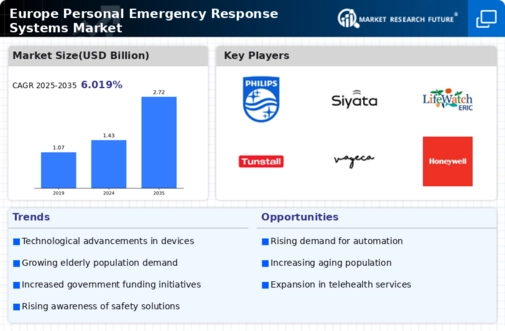
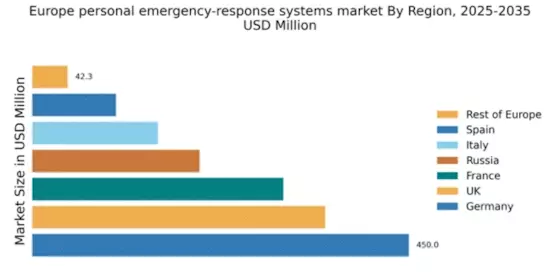

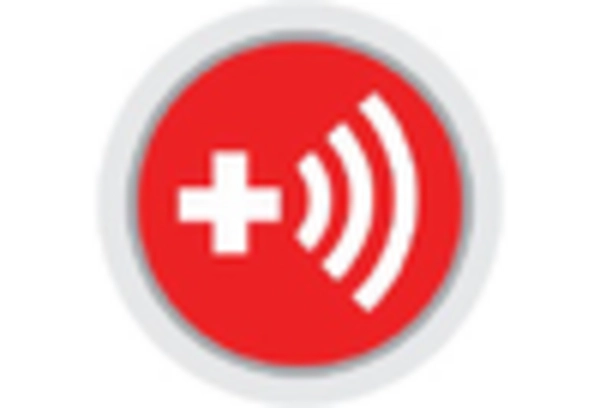
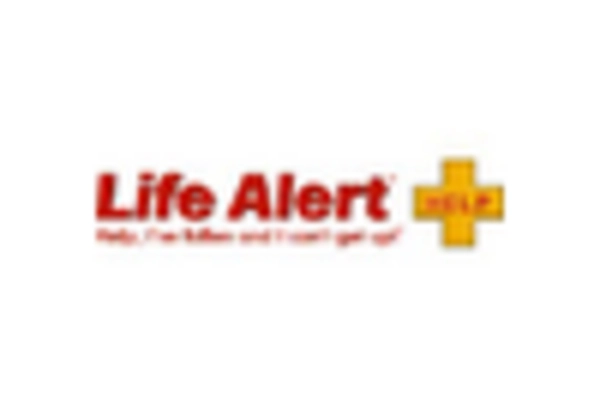

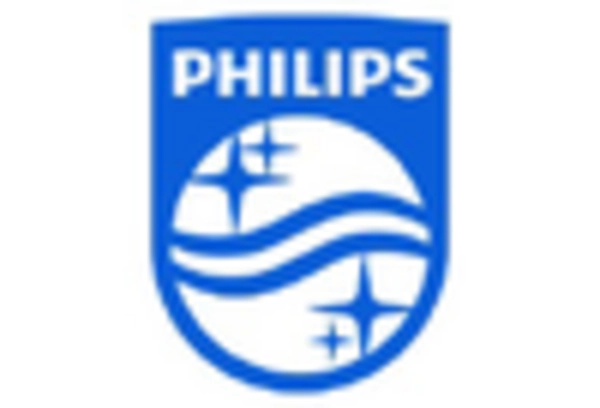
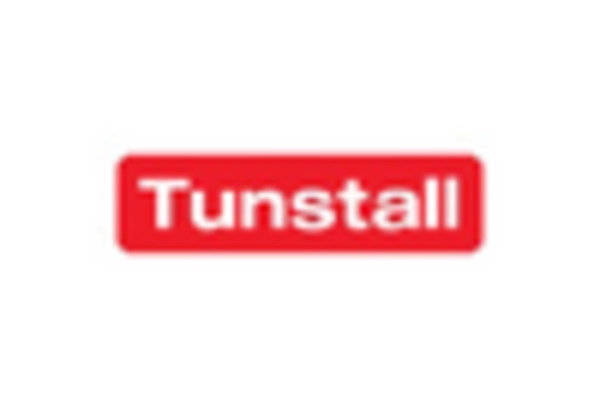








Leave a Comment